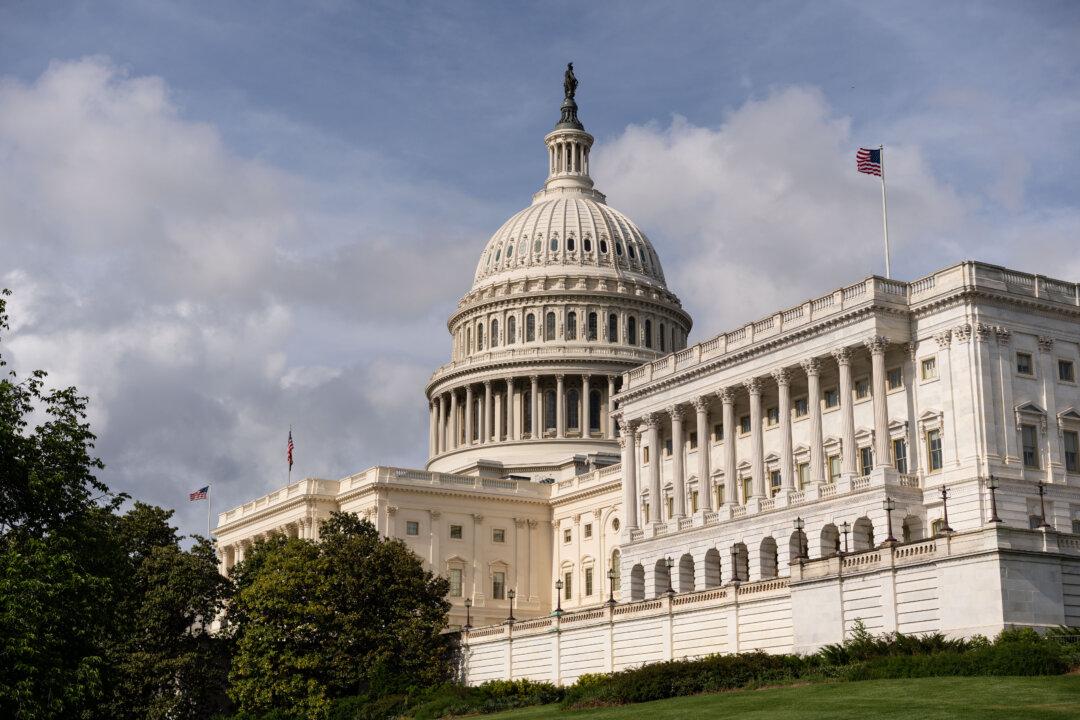The U.S. annual inflation rate eased in April to its lowest level in more than four years, even as President Donald Trump’s tariffs began to extend throughout the U.S. economy.
The number also came in below economists’ expectations of 2.4 percent.
On a monthly basis, the consumer price index (CPI) rose by 0.2 percent.
Core inflation, which removes the volatile energy and food components, was unchanged at 2.8 percent.
The core CPI was in line with the consensus forecast.
Shelter inflation rose by 0.3 percent in April, accounting for more than half of the monthly jump. In the 12-month period ending in April, shelter slowed to 4 percent.
Industry data indicate that the U.S. housing market has stabilized as more supply continues to come online.
The index for energy also advanced in April, climbing to 0.7 percent amid surging natural gas and electricity prices. However, gasoline dipped by 0.1 percent and is down by nearly 12 percent over the past 12 months.
Crude oil prices have plummeted this year, with the benchmark West Texas Intermediate (WTI) falling by 13 percent since January.
Global energy markets have seen lower prices because of growing concerns about increasing supply amid renewed output efforts by the Organization of the Petroleum Exporting Countries (OPEC) and its allies, jointly known as OPEC+. In addition, tariff-fueled economic concerns have created consternation regarding worldwide energy demand, particularly in China, the world’s largest petroleum importer.
The food index dropped by 0.1 percent monthly, including a 0.4 percent decrease in supermarket prices. The “food away from home” category edged up by 0.4 percent.
Within the index, the most notable item to register a double-digit decline was eggs. In April, the price of eggs plummeted by 12.7 percent, though it is up by more than 49 percent year over year.
The whole cost for a dozen eggs has fallen sharply over the past two months, with demand cratering and the industry taking steps to bolster supply.
The April CPI report also reported a flat reading for new vehicles and a 0.5 percent price decrease for used cars and trucks—the second straight drop. The index for apparel fell by 0.2 percent.
Supercore inflation, the Federal Reserve’s preferred measure that concentrates on non-housing services, eased to 2.7 percent from 2.9 percent.
Next month’s CPI report could show little change to U.S. inflation.
The Fed’s preferred inflation metric, the personal consumption expenditure (PCE) price index, could be 2.2 percent later in May and slightly rise to 2.4 percent in the May report, according to the model.
Market Reaction
The better-than-expected inflation report did little to influence the financial markets in either direction.U.S. stocks were mixed in pre-market trading. The blue-chip Dow Jones Industrial Average slipped by about 0.3 percent. The broader S&P 500 was flat, and the tech-driven Nasdaq Composite Index jumped by 0.4 percent.
Yields for U.S. government bonds were also mixed. The benchmark 10-year Treasury yield was little changed at around 4.45 percent.
The U.S. dollar index, a gauge of the greenback against a weighted basket of currencies, fell by 0.25 percent after the April CPI report.
While there are still fundamental concerns in the broader U.S. stock market, the latest developments have eased investor fears, according to Chris Zaccarelli, chief investment officer at Northlight Asset Management.
“And just like that, the markets’ twin fears—a tariff-induced recession and sticky inflation—have been greatly assuaged,” he said in a note emailed to The Epoch Times.
Calm Before the Storm
According to Stephen Kates, financial analyst at Bankrate, the April CPI was “significant for its timing” as it was the first month to report data in the aftermath of President Donald Trump’s tariffs announcement.“However, it doesn’t offer an honest reflection of how businesses may ultimately respond to higher costs throughout 2025,” Kates said in a statement to The Epoch Times.
“As pre-tariff inventories dwindle in the coming months, businesses will be forced to trim margins or pass on costs to customers.”
For months, many economists have warned that Trump’s tariffs will result in higher prices. The debate has been whether the effects will be a one-time price adjustment or persistent cost pressures for businesses and consumers.
“The question is—when do tariffs impact inflationary data?” Jay Woods, chief global strategist at Freedom Capital Markets, said in a note to The Epoch Times.
“It doesn’t appear this will be the month, as data suggest the consumer is still spending and in some cases pulling forward that spending before any tariff implications could hit their bottom line.”
According to an updated Comerica Economics forecast shared with The Epoch Times, CPI and PCE inflation will range between 3 percent and 3.5 percent by the year’s end. This latest expectation was revised lower.
BNP Paribas projects that U.S. inflation will exceed 3 percent this year and peak at around 4 percent in the second quarter of 2026.
“The inflation figures themselves do not yet show any significant impact from the tariff increases that have already come into effect, particularly those targeting China.”
Truflation, a popular alternative inflation measurement that examines price changes using more than 30 million data points, suggests that inflation is remaining stable.
Should the U.S. economy remain on solid footing and inflation show few signs of reaccelerating, this could likely force the Federal Reserve to keep holding the pause button on its easing cycle.
In addition to the CPI and PPI figures, this week’s key economic reports will be the April retail sales report and the preliminary May University of Michigan Consumer Sentiment Index.






